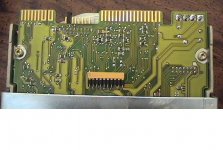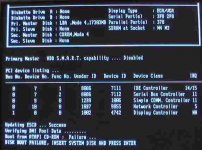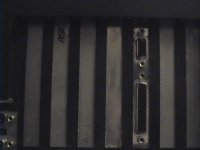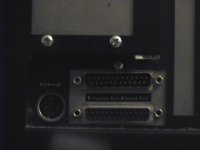repairthat
Member
- Joined
- Apr 1, 2007
- Messages
- 12
I was given an old AST 286 computer to try and recover old data (word docs?) from the harddrive. In my naivety, I assumed I could just plug the old HD into my newish pc. When I opened up the dusty case, I found I was wrong, and was confronted with a type of HD interface I was unfamiliar with.
Taking the HD cage out of the machine, (disconnecting the molex power, and 2 odd ribbon cables) I was able to see identifying stickers which told me it was a seagate ST251 HD.
I'm hoping someone here can point me to a good resource for both an adapter/controller and instructions on making that HD and Controller work in a modern PC (or otherwise recover the needed data.)
I apologize for my lack of knowledge at this point, and hope that the info provided is enough to guide you to guide me! I've obviously got a lot to learn about this.
Thanks in advance.
Taking the HD cage out of the machine, (disconnecting the molex power, and 2 odd ribbon cables) I was able to see identifying stickers which told me it was a seagate ST251 HD.
I'm hoping someone here can point me to a good resource for both an adapter/controller and instructions on making that HD and Controller work in a modern PC (or otherwise recover the needed data.)
I apologize for my lack of knowledge at this point, and hope that the info provided is enough to guide you to guide me! I've obviously got a lot to learn about this.
Thanks in advance.




